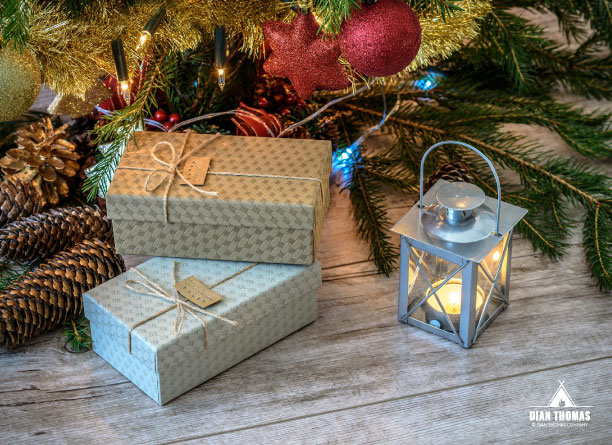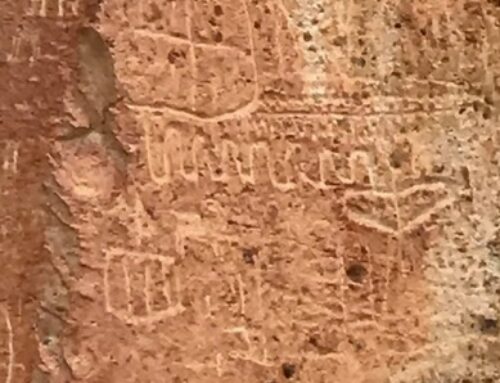Christmas celebrates the birth of Jesus Christ, although it has never been seriously claimed that December 25 was his true birthday. Before the forth century, it was celebrated in April or May, which more closely matches the scriptural account.
As Christian festivals were substituted for pagan ones, the winter solstice festivities of light and rebirth seemed a natural time to celebrate Jesus’ birth. Through the centuries, folk customs celebrating the coming of longer days were combined with church observances celebrating the “Sun of Righteousness.” Christmas today is the sum of customs observed for so long that their origins may have been forgotten.
The Roman tradition of giving New Year’s gifts continued well into the Middle Ages, but in the 12th century, the tradition of giving gifts for Christmas began, inspired by the account of the wise men, who brought gifts to the Christ Child.
In English Commonwealth countries, Boxing Day is the first weekday following Christmas. The name comes from the boxed presents given to servants and other helpful folks like the postman and trash collector.
In Sweden, children have their gifts and tree on Christmas Eve. Sometimes gifts are thrown in the front door by mysterious donors who quickly run away.
In Norway, gifts may be hidden away in different parts of the house for the children to find. In both Norway and Sweden , sheaves of grain are put out on rooftops or hung on poles, so that the birds may also enjoy a Christmas dinner.
The custom of decorating the tree comes from Germany . Although trees may have been part of a pagan festival, many people believe it was Martin Luther who thought of decorating the first Christmas tree.
In Italy, a little old woman named La Befana is believed to come and leave delightful gifts in the stockings of good children while she leaves birch rods or charcoal ashes for those who are bad.
In Holland and Belgium, St. Nicholas, dressed in magnificent robes, comes riding on a horse and inquires about the behavior of the children. Children with good reports find their shoes full of gifts in the morning; while naughty children find birch rods.
The American Santa Claus was adopted from the Dutch Saint Nicolas when they settled in New Amsterdam . Most of the Santa legend, such as his climb down the chimney and his red suit, are of Dutch origin. His reindeer and the North Pole, however, come from Scandinavia .
Take some time this year to discover the meaning of your Christmas traditions and start a new tradition or two. New traditions can deepen our appreciation for the universal nature of holiday observances, especially at this time when the central theme of the season is peace on earth, goodwill toward all men.
Because this is such a time of demanding schedules and many celebrations it may be helpful to stop now and get a desk calendar. You may want to have a special night soon and write in shopping trips, parties, Christmas concerts, the day for tree selection and trimming, Christmas gifts wrapping, and baking. Scheduling your time and energy takes a lot of the stress out of the holidays.
Be sure to schedule in time for you. It might be a little as going for a walk, sending a message, or just going for a drive into nature. Down time will help you get through all the up times. When it gets stressful take a few deep breaths. One of the most stressful times in my life was when I went to college and would have test after test. This would bring my stress up high. What would help me is that I would stop and say, “What does this one event mean in the eternities?” Yes, it was important, but sometimes just saying this would help me bring my stress down.
If money is tight try one of my favorite presents. Set up the rule for what you can afford to give at Christmas. Put every one’s name in a hat and have each one draw a name. I love real presents from the person over anything that they can buy from a store. On the Spoken Word this morning the theme was around giving gratitude. Christmas is a special time that we can give special thanks for all that we have.






